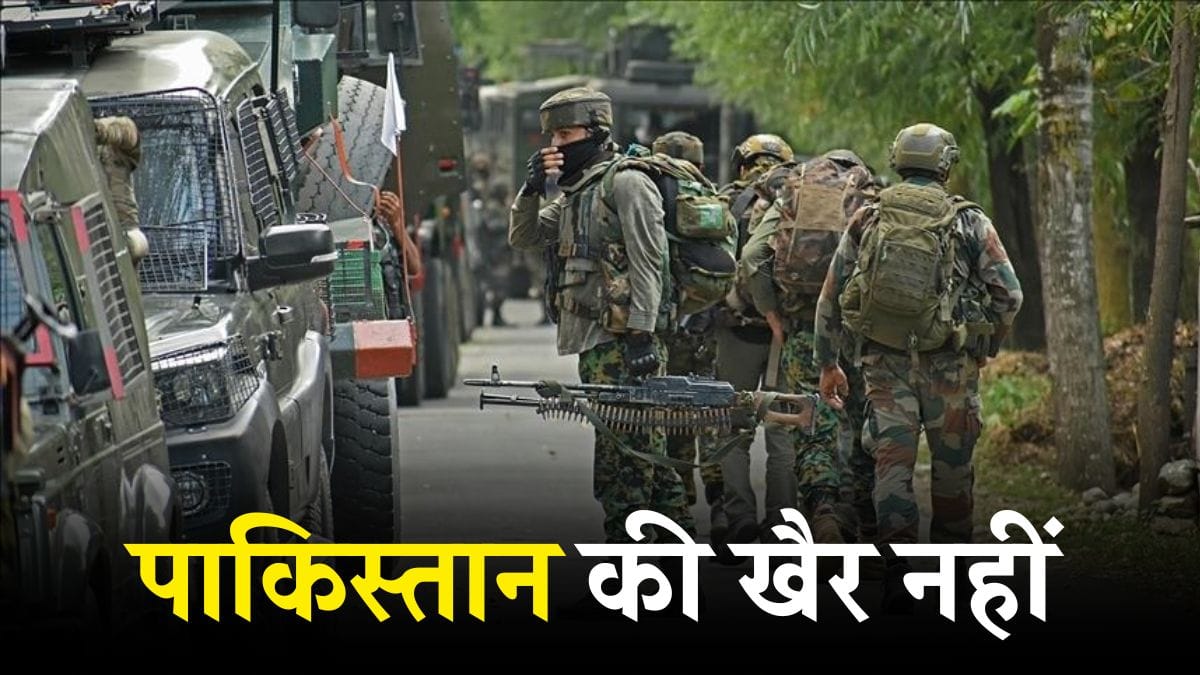
India-Pakistan Ceasefire Violation 2025: A Fragile Peace Broken Within Hours
India-Pakistan Ceasefire Violation 2025: A Fragile Peace Broken Within Hours
On May 10, 2025, millions of people across India and Pakistan breathed a sigh of relief when both countries agreed to a ceasefire around 5 PM. After days of increasing tension, including cross-border shelling, drone activity, and military buildup, the announcement of a ceasefire offered a ray of hope. But the calm was short-lived. Within just four hours of the agreement, reports of renewed violations came in. The situation escalated quickly, raising serious concerns about the sincerity of peace efforts and the stability of the region.
The Ceasefire Agreement and Its Importance
Ceasefire agreements between India and Pakistan, especially concerning the Line of Control (LoC) in Jammu and Kashmir, are critical in maintaining regional peace. These agreements not only reduce immediate violence but also open doors for broader dialogue. On May 10, the decision to halt all forms of military activity—whether by land, air, or sea—was taken during a high-level DGMO (Director General of Military Operations) level conversation. The aim was to de-escalate tension and avoid further loss of life or property on either side of the border.
This move was welcomed by the public, media, and international observers. However, the relief did not last long.
What Happened After the Ceasefire?
Just four hours after the agreement, reports began emerging of gunfire and drone activity along the LoC. According to Indian Army sources, Pakistani troops opened fire in the border districts of Rajouri, Akhnoor, and RS Pura in Jammu and Kashmir. Baramulla, too, witnessed a drone strike that caused a blast and spread panic among the local population.
Not only was there ground-level firing, but airspace violations were also reported. Drones were spotted over several Indian territories including Udhampur and even Gujarat’s Kutch region. Visuals showed explosions and anti-air defense systems being activated in the middle of Srinagar and Udhampur. Blackouts were enforced in several cities as a precautionary measure.
Reactions from India
The Indian government responded strongly to these developments. Foreign Secretary Vikram Misri held a press conference late at night and accused Pakistan of breaking the ceasefire. He said that the Indian Army was responding appropriately and had been given full freedom to deal with any form of intrusion or aggression.
Misri added that Pakistan must take immediate steps to stop its violations and honor the agreement. He also said that the army was keeping a close watch on the situation and was ready to take all necessary measures to protect India’s sovereignty.
Political leaders also voiced their concern. Congress MP Shashi Tharoor, known for his sharp remarks, took to social media and criticized Pakistan’s betrayal. In a poetic tone, he questioned how anyone could trust a country that has a habit of breaking promises.
What Did Pakistan Say?
Pakistan’s reaction was predictable yet troubling. Instead of accepting responsibility, the country’s Foreign Ministry denied any ceasefire violation. They claimed that Pakistan was fully committed to peace and accused India of starting the hostilities. According to their official statement, Pakistan’s army handled the situation with “responsibility and restraint.”
They further suggested that any disagreements should be resolved through dialogue. This statement was contradictory to what was actually happening on the ground.
Pakistan’s Prime Minister Shehbaz Sharif had earlier addressed the nation and appeared to support the ceasefire. But the immediate events that followed put a question mark on Pakistan’s actual intentions.
Situation on the Ground
Multiple areas in Jammu and Kashmir were affected by shelling and drone attacks. In Nagrota, suspicious individuals were seen near a military camp. One Indian soldier was injured in the exchange of fire. Though the injuries were minor, the incident highlighted the serious nature of the threat.
In Baramulla, a drone attack caused a loud explosion. There was no confirmation of any casualties, but the attack spread panic. In response, the Indian military increased patrolling in vulnerable regions.
In Udhampur and Vaishno Devi, blackouts were imposed. Street lights and electricity supply were cut off to avoid giving drones any visual cues. Indian air defense systems successfully intercepted multiple drones, some of which were downed.
The fear of escalation kept people indoors, and advisories were issued to not leave homes unless absolutely necessary.
Wider Impact Across Border States
The ceasefire violation was not limited to Jammu and Kashmir. In Punjab, Rajasthan, and Gujarat, border districts witnessed heightened military activity. In Kutch, Gujarat’s Home Minister Harsh Sanghvi confirmed that several drones were spotted and a blackout was enforced in response. This shows that the threat was not just local but had a much wider reach.
It is rare for drone activity to extend so far south, making this a significant development in the way modern warfare is being conducted between the two nations.
Strategic Concerns
Ceasefire agreements are always sensitive, especially between countries like India and Pakistan with a long and complicated history. The fact that this particular agreement was broken within hours indicates how fragile the situation really is. Such violations not only put soldiers at risk but also disrupt the lives of civilians living in border areas.
This incident raises key questions:
- Can Pakistan be trusted with any peace commitment?
- Is dialogue a reliable solution when trust is continuously broken?
- What should be India’s long-term strategy in dealing with repeated ceasefire violations?
These questions will likely shape India’s foreign and defense policies in the coming weeks.
The Way Forward
India has already stated that the next round of discussions between the two countries is scheduled for May 12. Whether or not these talks will lead to any real progress remains uncertain. However, the Indian government has made it clear that national security will not be compromised and the military has full authority to act in defense.
The Indian public, particularly those living near the borders, are now watching the developments very closely. The early hope that the ceasefire brought has been replaced by fear and uncertainty.
It is important for the international community to take note of this incident and urge Pakistan to abide by international norms. Without external pressure, there is little chance that Pakistan will change its approach.
Conclusion
The 2025 ceasefire agreement between India and Pakistan began with a promise of peace but ended in renewed conflict in just a few hours. While the Indian government and military remain alert and are taking all necessary measures, the future remains uncertain.
India has always stood for peace but not at the cost of national security. The recent violations by Pakistan have once again shown that their words do not match their actions.
As the situation unfolds, it is important for citizens to stay informed, remain calm, and trust the country’s defense forces. The hope for peace still exists, but it must be backed by action, not just words.









